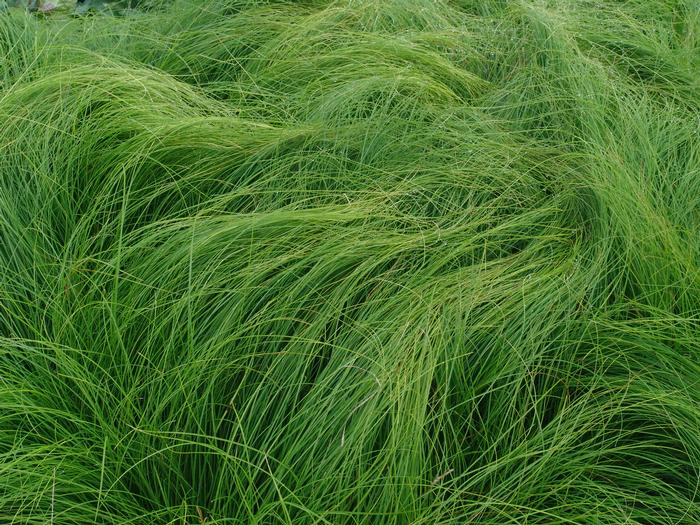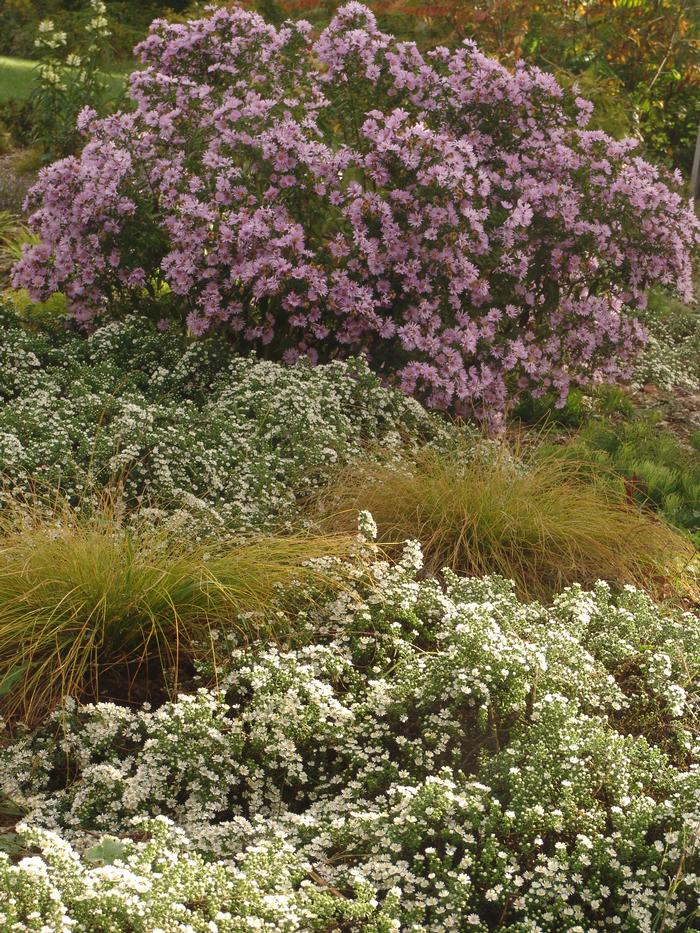General Description
Bloom Description: Flowers are small, atop thin stems.
Growth Habit & Shape: Clump-forming. Long (12 in.), thin, and arching foliage.
Soil Preferences: Dry, sandy or rocky soils, to average, well drained.
Root Description: Carex appalachica creates a fine-textured, fibrous mass of roots.
Garden Uses: Woodland gardens. Dry, shady, difficult spots; for example, Appalachian sedge would do well under hemlocks (Tsuga canadensis) or black walnut (Juglans nigra).
Best Management & Maintenance: Very low maintenance. Cut back in early spring as needed.
Common Problems: None.
Benefits
Ornamental Value: The unique texture and even, rounded form really distinguish this tough and valuable plant. Seed heads are subtle, but attractive, and are eaten by some birds.
Wildlife Benefits: This plant is a larval host for both skipper and satyr butterflies. The seeds are eaten by some birds.
Other Practical/Environmental Benefits: Valuable for its ability to survive dry, shady sites.
Use in place of: Non-native pachysandra, vinca, and ivy.
Ecology
Habitat:
Carex appalachica is found in dry, wooded or partly open woods, on mounds or rock outcrops where leaf litter is less dense.
Response to Disturbance: Can handle drought conditions, but doesn't do well with consistent moisture or flooding.
Native State Distributions:
Canada: CAN: MB, NB, ON, QC, SKU
USA: AL, AR, CT, DC, DE, FL, GA, IA, IL, IN, KS, KY, MA, MD, ME, MI, MN, MO, MS, NC, ND, NE, NH, NJ, NY, OH, OK, PA, RI, SC, SD, TN, TX, VA, VT, WI, WV
Wetland indicator status: Not classified.
Companion Plants:
White wood aster (Eurybia divaricata), large-leaved wood aster (Eurybia macrophylla), wild columbine (Aquilegia canadensis), blue-stemmed goldenrod (Solidago caesia)
References
Return to Top


